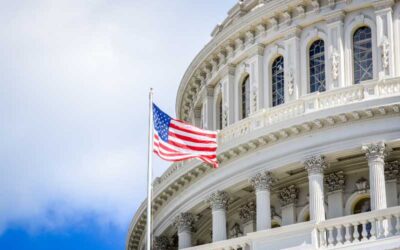What You Should Know Now About PPP Loan Forgiveness
Last Friday, May 22, the Small Business Administration (SBA) issued its Interim Final Rule (IFR) on Loan Forgiveness for Paycheck Protection Loans. While the IFR largely mirrors the Loan Forgiveness Application Form released the prior Friday, May 15, a few additional items of note were included in the IFR.
Employee Bonuses and Hazard Pay Are Qualifying Payroll
While most commentators believed the Loan Forgiveness Application and related instructions implicitly allow for bonuses and/or hazard pay to employees, there remained some concern that the SBA would impose a limit on increased pay to employees as compared to some prior period. The IFR put those concerns to rest. Subject to a total limit of $15,385 during the covered period on total compensation to any individual employee, bonuses and/or hazard pay are eligible for loan forgiveness.
Payroll Limits on Owner-Employees
The Loan Forgiveness Application clarified that for purposes of loan forgiveness the owner-employee compensation for any owner for the covered period may not exceed 8/52 of the 2019 compensation to that owner-employee. As with non-owners, the $15,385 cap for compensation during the covered period is also applicable. But the IFR takes the limit for owner-employees even further by extending the $15,385 cap in making this a cumulative total for all entities. Consequently, an owner of multiple business entities is limited to a total compensation during the covered period of $15,385 combined from all entities for purposes of loan forgiveness.
Partner Forgiveness Limitation and the New 92.35% Limitation
Based on the limitation for owner-employee compensation at 8/52 of their 2019 wages, it is no surprise that owners in partnerships are capped by the amount of their 2019 net earnings from self-employment. However, the IFR takes the limitation for partners even further in reducing the self-employment income by the section 179 depreciation expense deduction, unreimbursed partner expenses, and depletion. In addition, that newly defined partner income limit is multiplied by 92.35% to arrive at the qualifying partner compensation. And even further, no forgiveness is allowed for retirement or health insurance contributions for partners. It is unclear from the IFR if the $15,385 cap is imposed on net self-employment income before reduction, or if the cap comes into play only after application of the 92.35% rule.
FTE and Wage Reduction is Not Double Jeopardy
The IFR states that to ensure borrowers are not doubly penalized, the salary/wage reduction applies only to the portion of the decline in employee salary and wages that is not attributable to the FTE reduction. Put another way, if an employer reduces an individual employee’s hours by 50% but does not reduce the employee’s hourly wage (or reduces the employee’s annualized salary by no more than 50%), then the resulting decrease in the employee’s gross wage will not affect the loan forgiveness beyond the FTE reduction.
Questions about guidance on PPP Loan Forgiveness?
To learn more, visit the COVID-19 Resource section of our website or contact us at [email protected].



